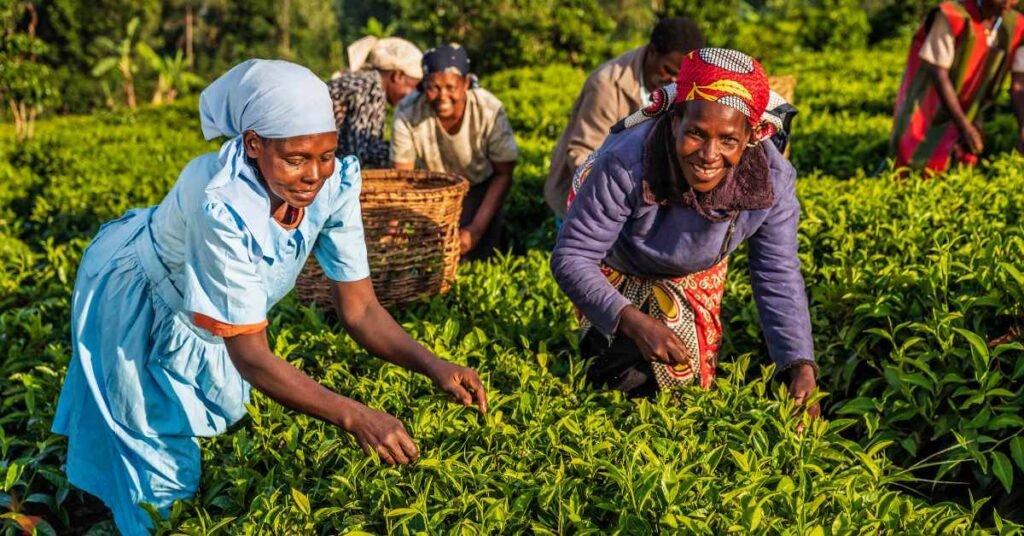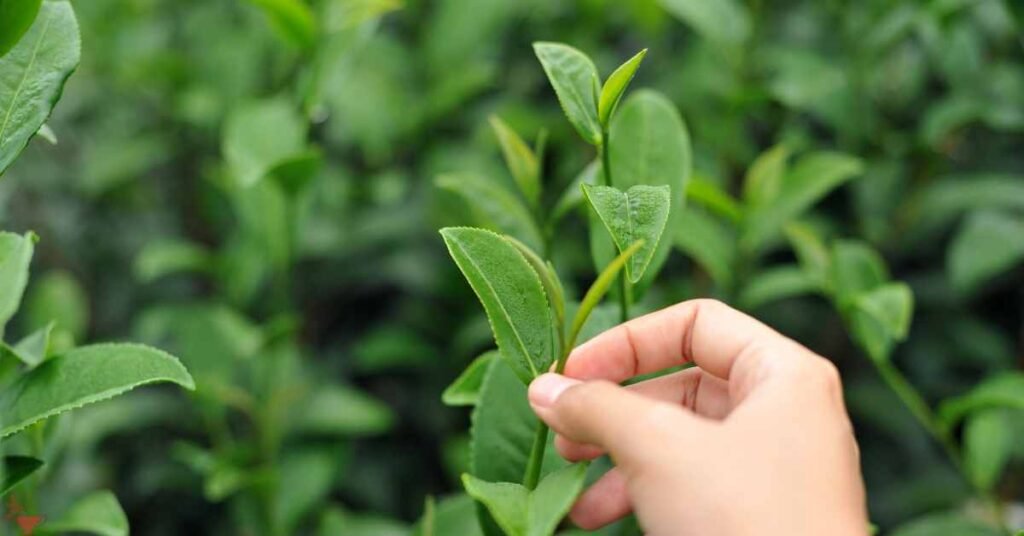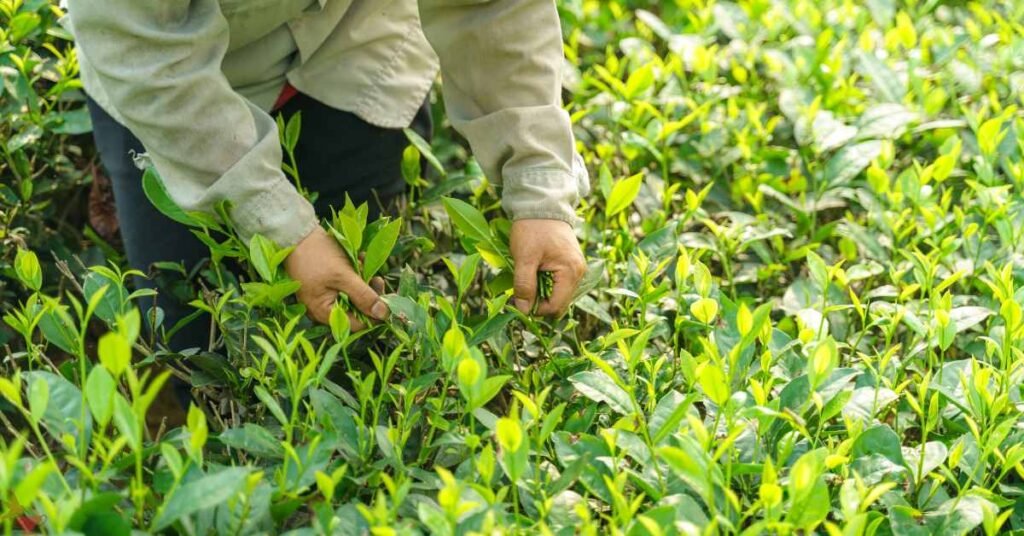The cultivation and production of tea are increasingly threatened by the impacts of climate change.
This article explores how climate change affects global tea production, from changes in weather patterns to the challenges faced by tea growers and the potential solutions being explored to safeguard this cherished crop.
Climate Change and Tea Cultivation

Tea plants (Camellia sinensis) thrive in specific climatic conditions, typically requiring consistent rainfall, moderate temperatures, and humidity.
However, the stability of these conditions is being disrupted by climate change, leading to significant challenges for tea growers worldwide.
Temperature Fluctuations
Tea plants are sensitive to temperature changes. Optimal growth occurs between 18°C and 30°C (64°F to 86°F).
Rising global temperatures are causing heat stress, leading to reduced yields and quality.
In regions like Assam and Darjeeling in India, excessive heat has resulted in the scorching of tea leaves, impacting both productivity and flavor.
Altered Rainfall Patterns
Consistent and adequate rainfall is crucial for tea cultivation.
However, climate change has led to unpredictable rainfall patterns, with some areas experiencing prolonged droughts while others face excessive rainfall and flooding.
For instance, in Kenya, a leading tea producer, erratic rainfall has disrupted the growth cycles of tea plants, affecting both the quantity and quality of the harvest.
Increased Pests and Diseases
Warmer temperatures and higher humidity levels create favorable conditions for pests and diseases.
Tea plants are now more susceptible to infestations by pests such as the tea mosquito bug and the tea thrips, as well as fungal diseases like blister blight.

These threats not only reduce yields but also necessitate increased use of pesticides, which can have further environmental consequences.
Regional Impacts
The effects of climate change on tea production vary by region, with some of the world’s most renowned tea-growing areas facing unique challenges.
India
India, one of the largest tea producers, is experiencing significant climate-related challenges.
In Assam, the increase in average temperatures and erratic rainfall has led to reduced yields and changes in the distinctive flavor profile of Assam tea.
Similarly, in Darjeeling, known for its delicate and aromatic teas, climate change is causing shorter growing seasons and increased pest activity.
China
China, the birthplace of tea, is also grappling with the impacts of climate change.
In regions like Yunnan and Fujian, altered weather patterns are affecting the growth cycles of tea plants.
The famous Dragon Well tea from Hangzhou has seen variations in quality due to fluctuating temperatures and rainfall.
Kenya

Kenya, a major producer of black tea, is facing severe droughts and unpredictable rainfall.
The country’s tea plantations are at risk, with reduced productivity and quality.
Smallholder farmers, who make up a significant portion of the tea industry, are particularly vulnerable to these changes, as they often lack the resources to adapt to new conditions.
Adaptation Strategies and Solutions
To mitigate the impact of climate change on tea production, various adaptation strategies are being explored and implemented by tea growers and researchers.
Shade Management
Providing shade for tea plants can help reduce heat stress and protect against extreme weather. Planting shade trees among tea bushes can create a microclimate that moderates temperature and preserves soil moisture.
Diversification
Diversifying crops can reduce the risk of total crop failure.
Intercropping tea with other plants such as legumes or herbs can improve soil health and provide alternative sources of income for farmers.
Sustainable Farming Practices
Implementing sustainable farming practices, such as organic farming, integrated pest management, and conservation agriculture, can enhance the resilience of tea plantations.

These practices help maintain soil fertility, reduce reliance on chemical inputs, and promote biodiversity.
Research and Innovation
Ongoing research into climate-resilient tea varieties is crucial.
Developing and promoting tea cultivars that can withstand higher temperatures, drought, and pests will be essential for the future of tea production.
Additionally, advances in irrigation technology and water management can help optimize water use and reduce the impact of irregular rainfall.
Final Word
Climate change poses a significant threat to global tea production, with far-reaching implications for the economies and cultures of tea-growing regions.
Addressing these challenges requires a multifaceted approach, combining traditional knowledge with innovative practices and technologies.
By investing in adaptation strategies and supporting sustainable farming practices, we can work towards ensuring the resilience of tea production in the face of a changing climate, preserving the legacy of this beloved beverage for future generations.
MEDICAL DISCLAIMER
Itsnevernotteatime.com cannot and does not contain medical/health advice. The medical/health information is provided for general and educational purposes only and is not a substitute for professional advice.




